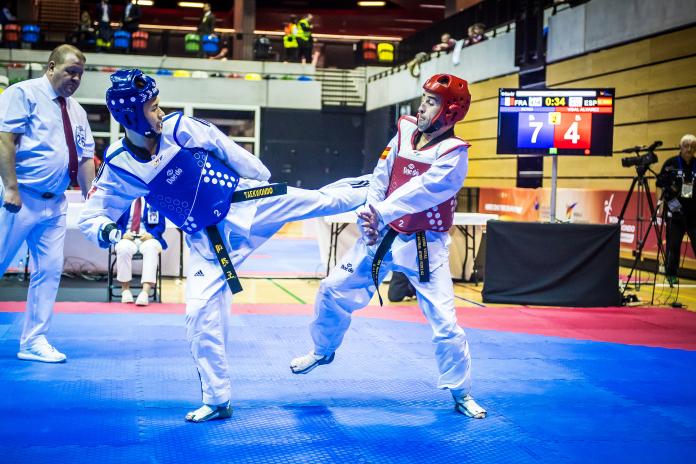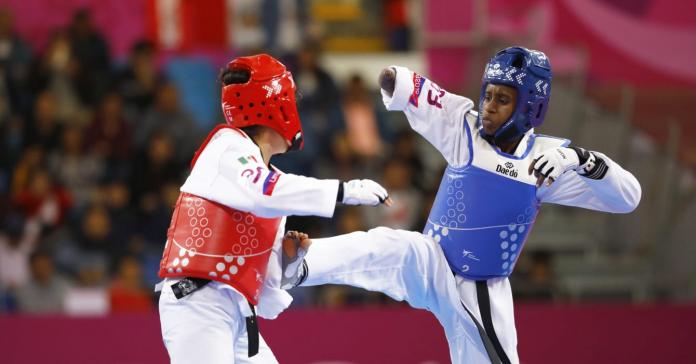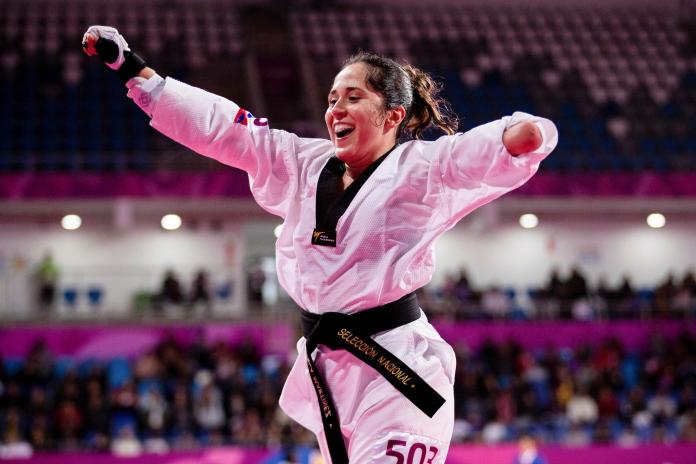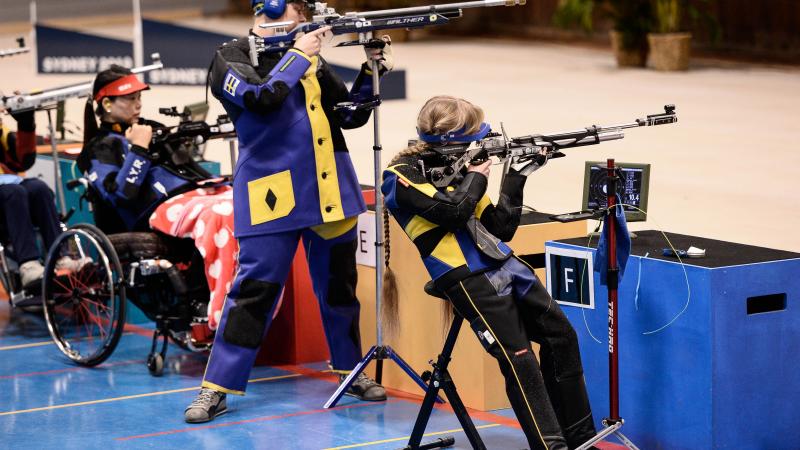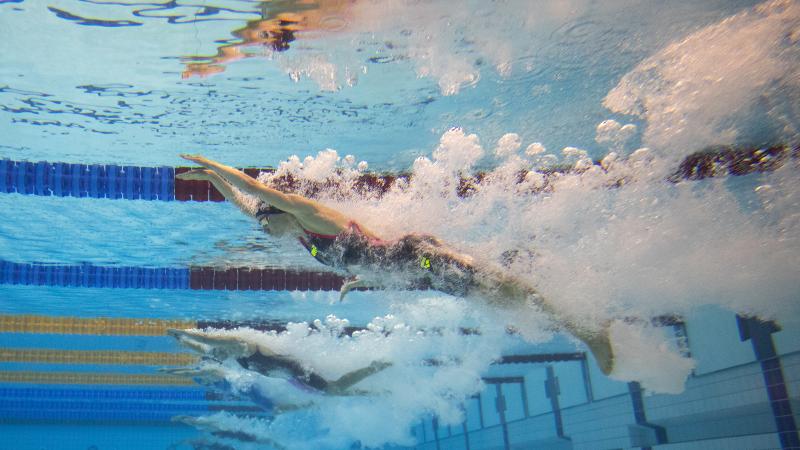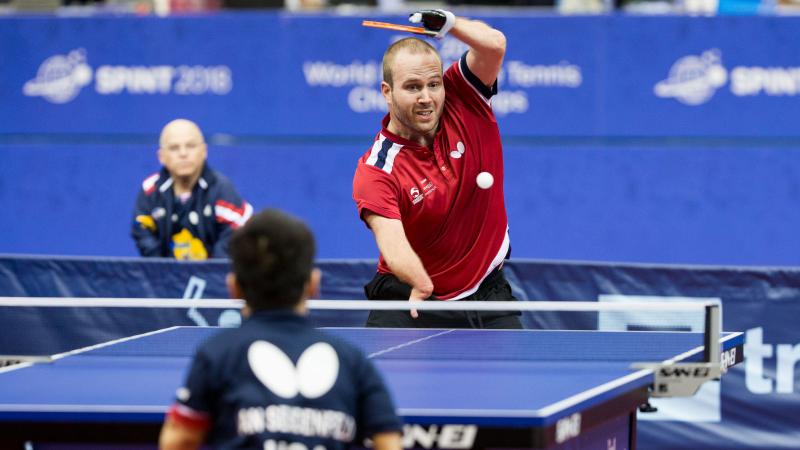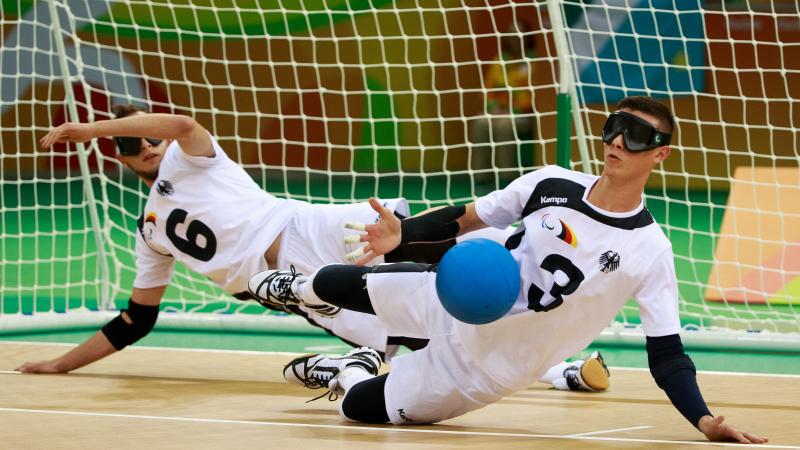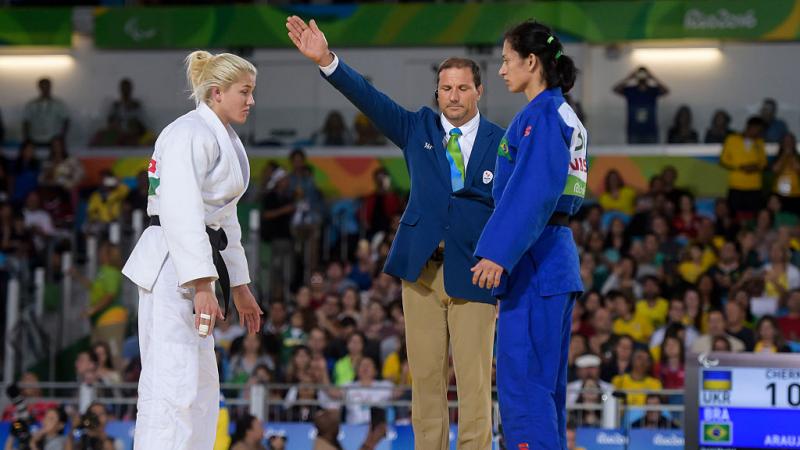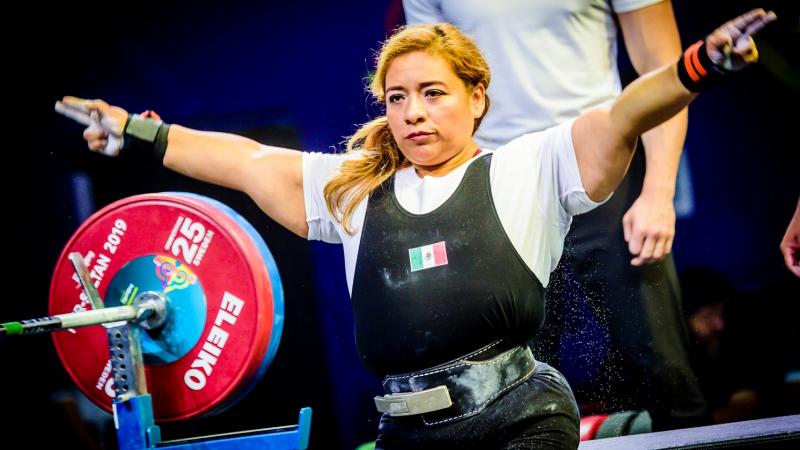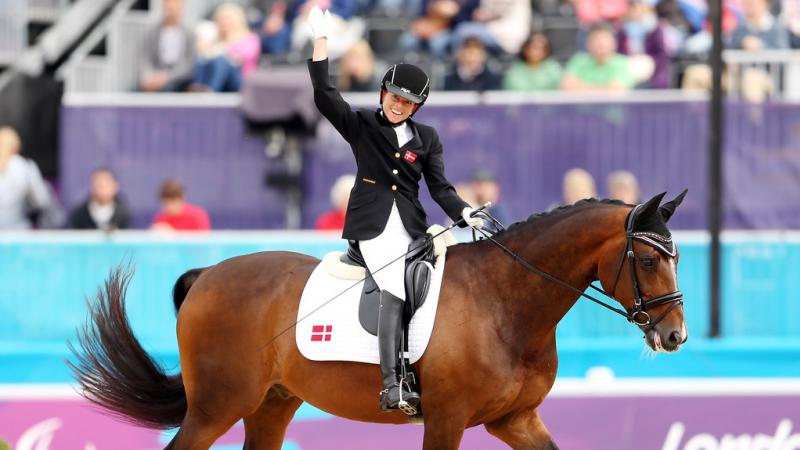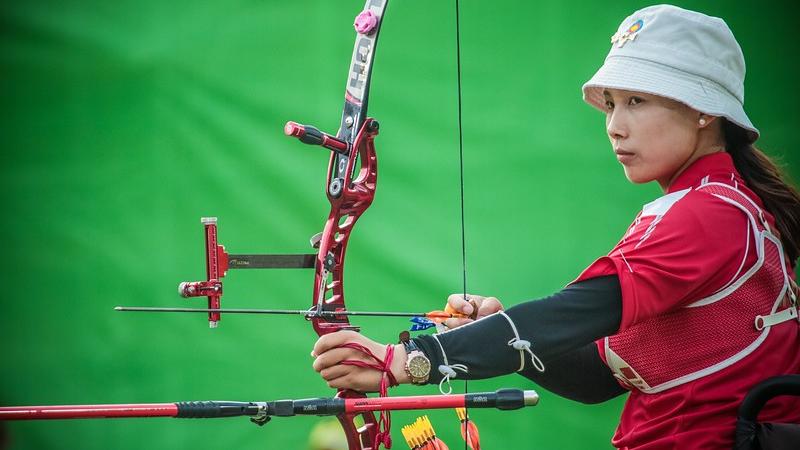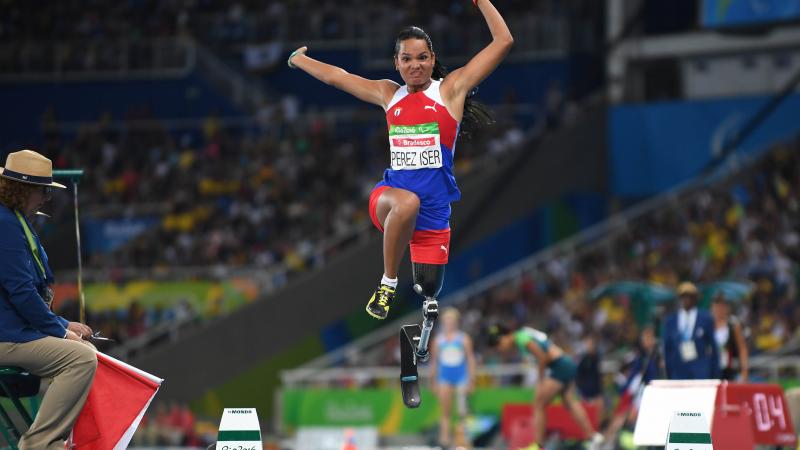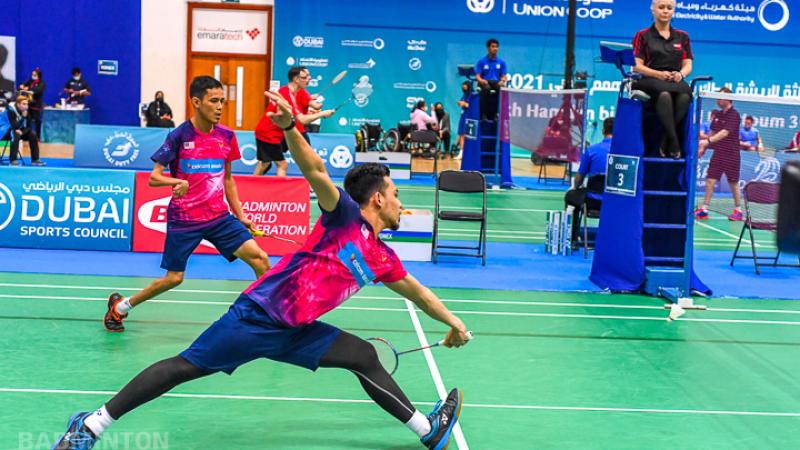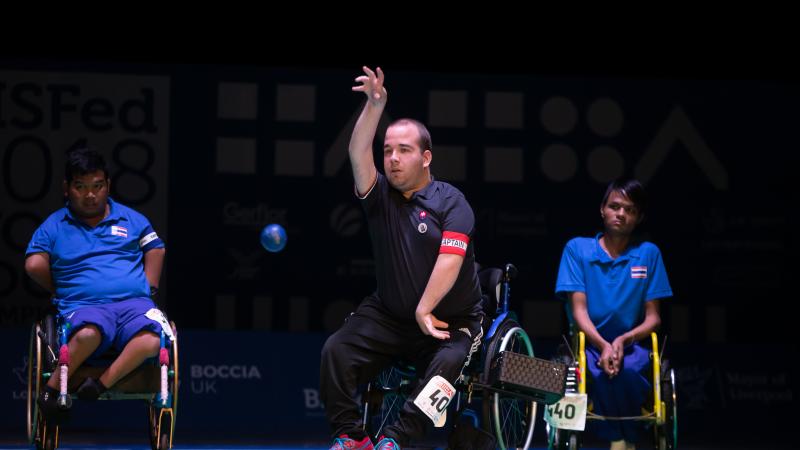Sport Week: 10 things to know about Para taekwondo
History will be made at Tokyo 2020 when the sport appears for the first time on the Paralympic programme 12 Jul 2021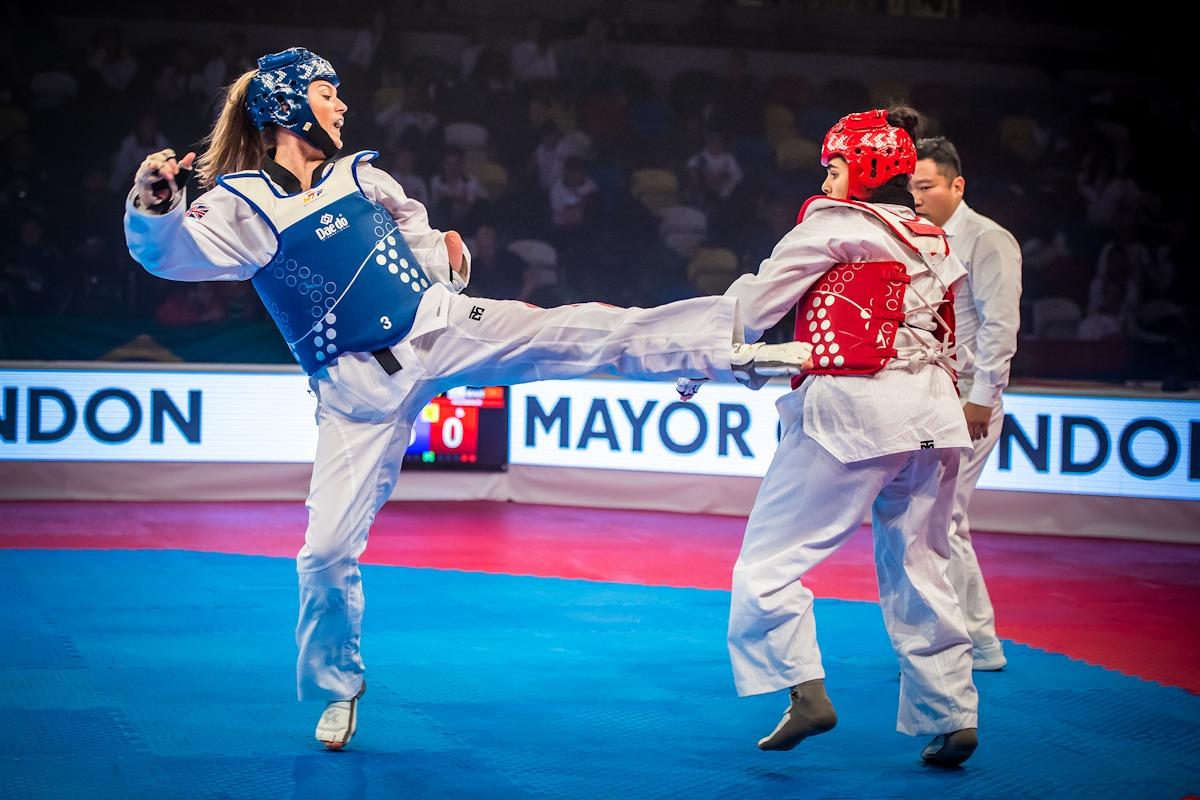
Defined by its highlight-reel spin kicks and final-second flourishes, Para taekwondo will become the first full-contact Para sport when it makes its debut at the Tokyo 2020 Paralympic Games:
1. Developed in 2006, Para taekwondo has exploded in popularity due to its practicality, minimal need for equipment, and spectacular spin kick techniques.
The first Para taekwondo World Championships were held in 2009 with 36 athletes from 16 countries. The 2019 Para taekwondo World Championships saw 333 athletes from 66 countries compete. The sport has added several new sport classes since to accommodate this growth.
2. As Para taekwondo was specifically developed by World Taekwondo, the rules are exactly the same as for Olympic taekwondo, with some changes made for safety. Para taekwondoins use the same padded mat (8m in diametre), the same round and time format, and the same scoring and penalties, with some minor adjustments.
3. Like its able-bodied counterpart, in Para taekwondo kicks are king. Athletes score points based on landing kicks to the body with sufficient power and accuracy.
Unlike taekwondo, kicks to the head are forbidden and punches to the body are not scored, as athletes have different capacities to block. Instead, Para taekwondoins can score additional points for more difficult kicks – one more (3) for a turn kick and two more (4) for a spinning kick. This results in spectacular flurries near the end of close matches.
Minor penalties – know as Gam-jeoms (deduction penalties) – result in a point for the opponent. Penalties can be for things like falling down, grabbing or pushing, dangerous play like kneeing or kicking below the belt, stepping out of bounds, or for not engaging the opponent.
Coaches have challenge cards and can stop the match to challenge a referee decision on scoring or penalties.
4. Kyorugi vs Poomsae: Like other martial arts, there are two forms of Para taekwondo – Kyorugi (sparring) and Poomsae (forms). Only Kyorugi will be contested at Tokyo 2020.
5. Classification is used in all Para sports to ensure fair competition. There are four sport classes in Para taekwondo Kyorugi, two of which will be featured in Tokyo. K44 and K43 fighters in the same weight classes will compete in one ‘super’ Paralympic division.
K44: For athletes with an impairment or amputation of one arm below the elbow.
K43: For athletes with an impairment or amputation of both arms below the elbow.
K42: For athletes with an impairment or amputation of one arm above the elbow.
K41: For athletes with an impairment or amputation of both arms above the elbow.
6. The goal of Para taekwondo is to outscore your opponent. Fights are three, two-minute rounds.
Should the score be tied after three rounds, a Golden Round ensues, with the first fighter to two points winning (one scoring kick or two penalties by the opponent). Ties after the Golden Round can be broken in several ways, including higher number of non-scoring hits or, if need be, referee’s decision.
Fighters can win in other ways too, including disqualification (for a head kick, for example) or receiving too many penalty deductions (10).
7. In Tokyo, Para taekwondo will be held at the Makuhari Messe, alongside goalball, sitting volleyball and wheelchair fencing.
8. The uniform of a taekwondoin is called a Dobok. All fighters are required to wear head, mouth, and chest protection. The chest protector is electronic, automatically registering points if a kick or punch lands with enough power and accuracy.
9. Three judges press a button when a spin kick is landed. Should at least two press their buttons within one second of each other, the attacking fighter will be awarded the additional points.
10. Where black belts in other martial arts denote ‘masters’ or ‘experts’, taekwondo uses a different belt system. White, denoting purity, is for beginners – followed by yellow, blue, red, and black, which denotes experience and is the opposite of white.
Black belts are divided into 'Dan' levels and go as high as Level 9 Dan. Levels 1-3 are for ‘trained students’ who can serve as assistant instructors; 4-6 are for masters (full instructors), and 7-9 are for grand masters. Level 10 Dans have only been awarded to the founders of the sport.
 Facebook
Facebook
 Instagram
Instagram
 Twitter
Twitter
 Youtube
Youtube





